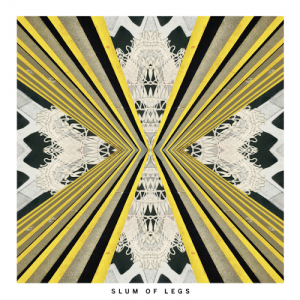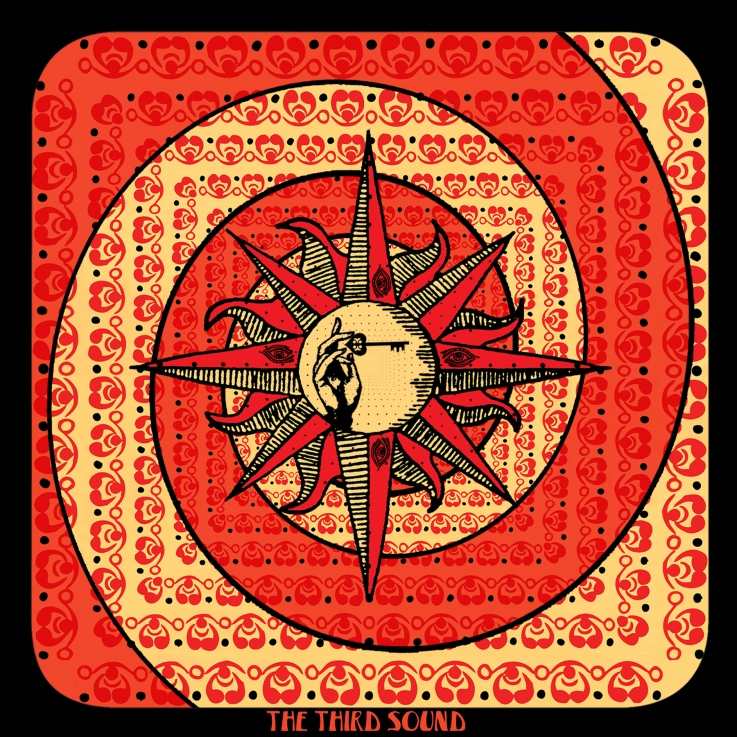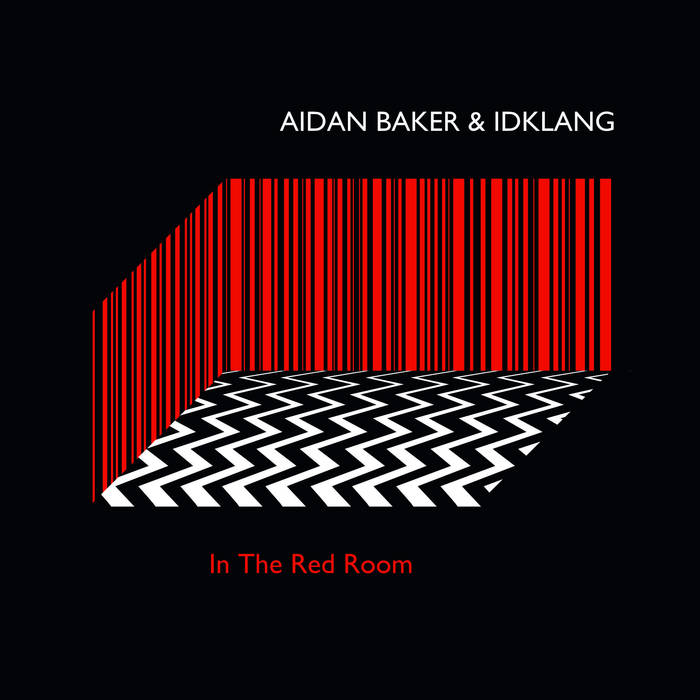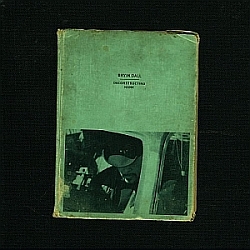 Right now, as we all try to re-orient ourselves to the frozen stills, underwater-slow latency and constant glitches of online communication, it’s a bloody blessing to have the self-titled Slum Of Legs album to hand. Not just because the gleeful instrumentation, heart-felt punk pop and reckless abandon will give you something to bop around your kitchen to, but because the mission behind it is a reminder that brokenness and reassembly at the smallest level can be an act of resistance that brings us together.
Right now, as we all try to re-orient ourselves to the frozen stills, underwater-slow latency and constant glitches of online communication, it’s a bloody blessing to have the self-titled Slum Of Legs album to hand. Not just because the gleeful instrumentation, heart-felt punk pop and reckless abandon will give you something to bop around your kitchen to, but because the mission behind it is a reminder that brokenness and reassembly at the smallest level can be an act of resistance that brings us together.
Into this Stepford Wives interior of male expectation come Slum Of Legs the band, grinding seaweed into the carpet; mer-fiends coaxed from the ocean by Maria Marzaoili’s elegiac violin, (perhaps magically releasing the spirit of Marilyn from her plastic prison with an Aslan-esque roar?) There’s a glorious Smiths-like resonance to the anthemic first track — you can imagine singer Tamsin Chapman flickering at the edge of the same disco as the Morrissey of “How Soon Is Now”. But while the latter leaves on his own, goes home, cries, wants to die, disappears up own arsehole, Chapman is joined by chanting bandmates, a musical motif that characterises the album, by turns near-military or a haunting homage to ’60s girl-pop (with occasional echoes of indie-geniuses The Hidden Cameras). While Mozza slinks home for a wank, Slum of Legs pile back onto the dance-floor to the gleeful Jonathan Richman-esque drums of the second track, morphing into a many-limbed bubbling monstrosity and setting the stage for an album that takes in all the intentional messiness and drunken camaraderie of your best nights out.
This is indeed a band “with many uses and many names” (cf. track 2), moving lyrically between town-crier, predator, intellectual and school-girl with a restless self-analysis and razor-sharp wit, including lines as arch as “I’m getting down with the intersectionals / like Pokemon I’ve gotta catch them all”. There’s the no-holds-barred bickering of “In Yr Face”, with drummer Michelle Steele and Chapman trading below-the-comments-line insults that descends into increasingly childish competitiveness and internalised neuroses. Or the sinister exploration of a femme stalker in “White Leather”, complete with orgasmic groans and Steele’s distorted vocals. It’s all the competing voices of identity politics clamouring at once, an attempt to purge “enemies inside and outside” (cf. “Sasha Fierce”) in a world where you’ve internalised the values of the system you hate (cf. “Baader Meinhof Always Look So Good In Photos”) and you’re not sure where to start. It’s important music for right now.“The Last Time” is a tender finale, emphasising this compassion musically and lyrically, and another Smiths counterpoint, recalling the cinematic production and torch-song simplicity of “Last Night I Dreamed Somebody Loved Me”. It’s full of the same mournful longing for acceptance, but filled with a hope and gratitude missing from Morrisey’s solitary world, and with the lyrics pushed back in the mix, its like a musical embrace, reminding you of that bit at the end of the night where your mates pick you up from the curb and take you for a drunken kebab to laugh about that twat with the gladioli. I’ll be listening to this album until I work out how to do that on Zoom.
-r dyer-




One thought on “Slum Of Legs – Slum Of Legs”
Banging review for a banging record. Big up.